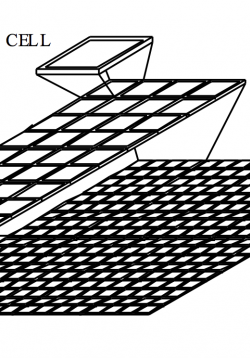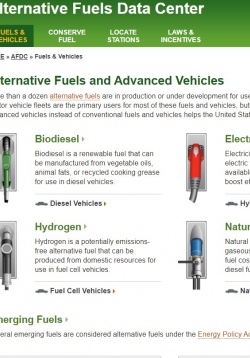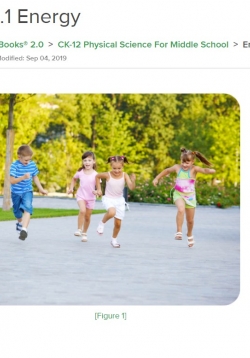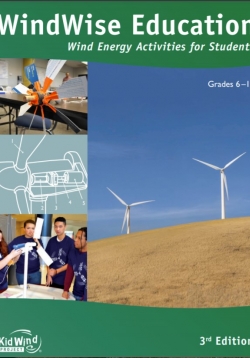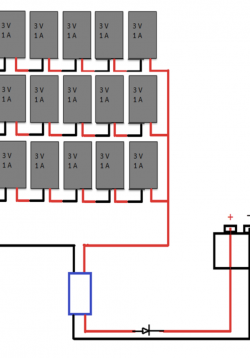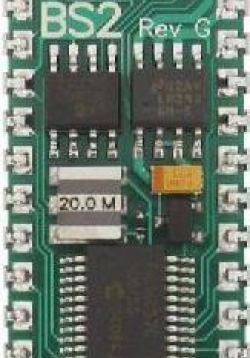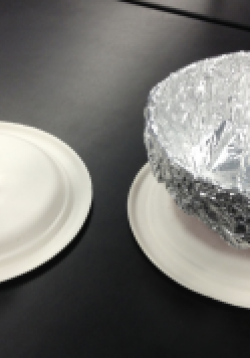Solar Panel Construction, Orientation and Use Unit
For this extended task, students will track the sun's altitude and Azimuth to determine the best position for their hand-built solar panel, learn solar cell operation basics, solar panel construction, series and parallel circuitry and basic array sizing...

